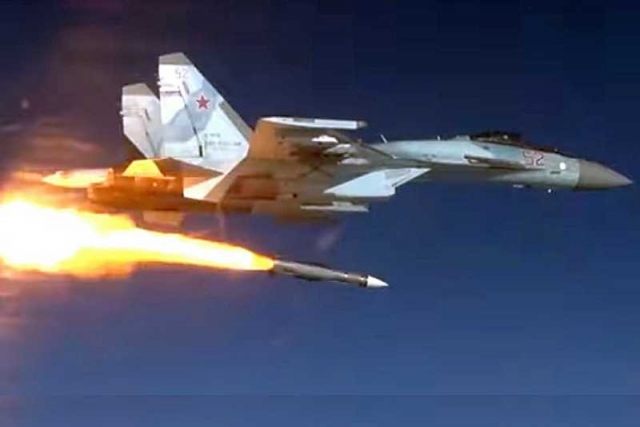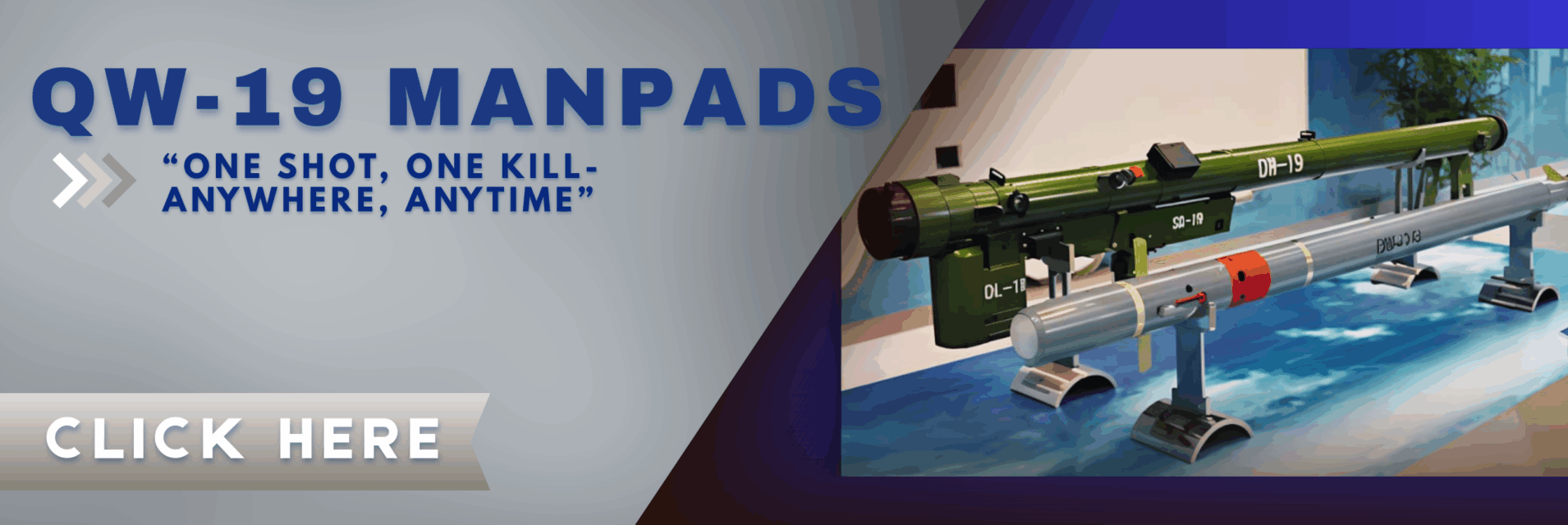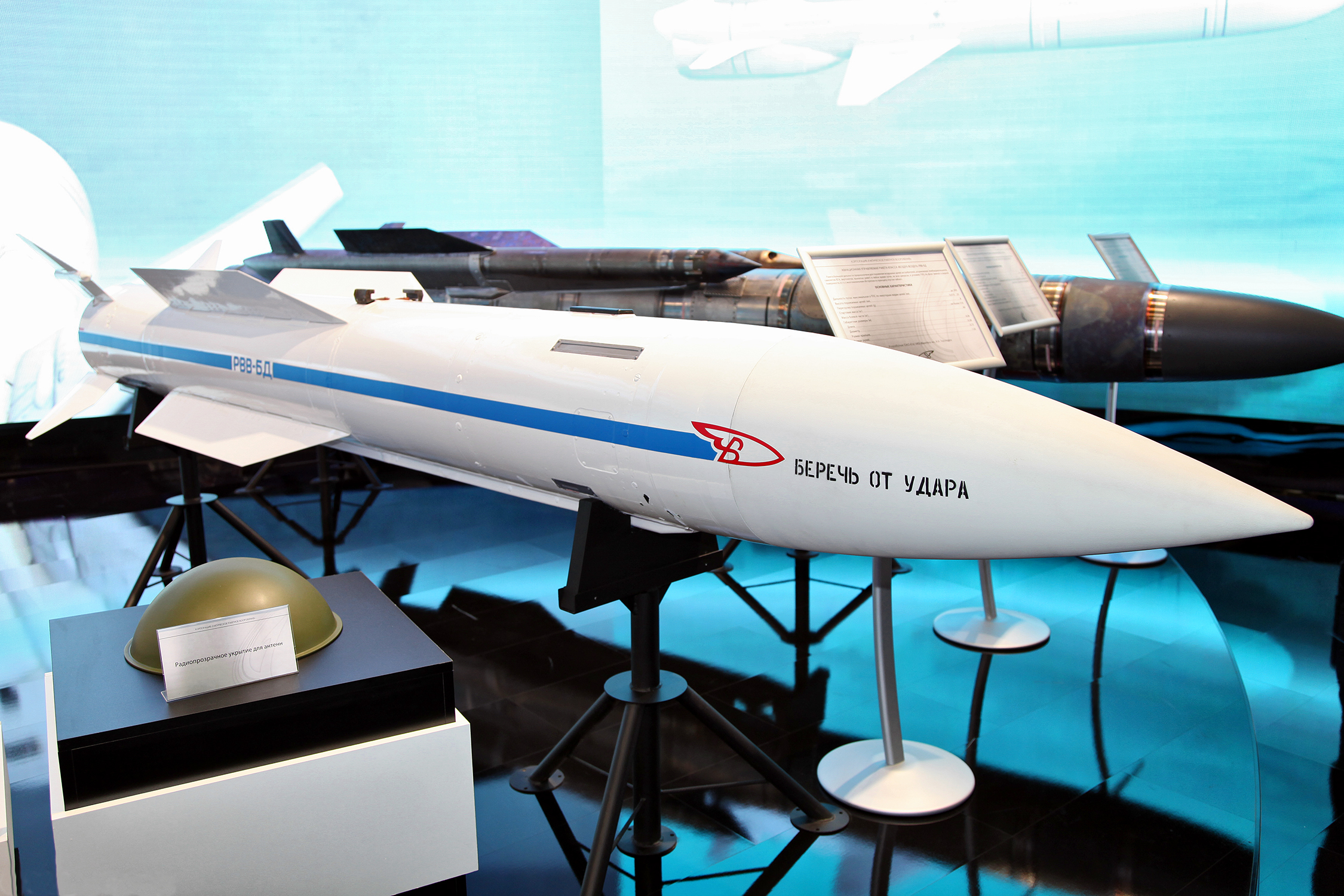U.S., Russia, China in Fierce Competition to Develop Ultra-Long-Range Air-to-Air Missiles
The United States, Russia, and China are currently engaged in intense competition to develop the latest long-range air-to-air missiles, capable of targeting and engaging aerial threats from distances exceeding 400 kilometers. This development aims to provide their respective fighter aircraft with a strategic advantage in aerial combat.


(DEFENCE SECURITY ASIA) — Recently, a U.S. Navy F/A-18 Super Hornet test aircraft was observed carrying the RIM-176 Standard Missile 6 (SM-6), reported to be the latest long-range air-to-air missile developed by the country.
Currently, the SM-6 is deployed by the U.S. Navy in a surface-to-air variant aboard its AEGIS warships, but efforts are intensifying to adapt the SM-6 for air-to-air combat roles carried by fighter jets.
What sets the SM-6 apart is its range.
In its surface-to-air variant as used by U.S. warships, the SM-6 reportedly has a firing range of between 240km to 460km.
However, if the U.S. military’s efforts to modify the SM-6 into an air-to-air variant succeed, the missile’s range could exceed 400km.

Such a development would give U.S. fighter jets equipped with the air-to-air SM-6 a significant tactical advantage in aerial combat, allowing them to engage enemy aircraft from greater distances than previously possible.
This potential range would significantly surpass that of the currently employed AIM-120 AMRAAM air-to-air missiles, providing a nearly insurmountable advantage in aerial engagements.
The urgency in modifying the SM-6 for air-to-air use is driven by the advancements in missile technology by Russia and China.
China’s PL-15 air-to-air missile, with operational ranges of 200km to 300km, and the newer PL-17 or PL-20, surpassing 400km, are notable comparisons.
Meanwhile, the Russian Air Forces have reportedly equipped their Su-35 and Su-30 fighters with the “R-37M” (RVV-BD) air-to-air missile, capable of hitting aerial targets at ranges between 300km to 400km.

According to the Russian Ministry of Defense, these long-range missiles, never previously deployed, were used on November 1 last year by Su-30SM and Su-35S aircraft to down Ukrainian fighter jets.
This marked the first observed use of the R-37B air-to-air missile by Russian fighters in the armed conflict in Ukraine.
Reports indicated that a Ukrainian Air Force Su-27 was successfully shot down by an R-37M missile launched from a Russian fifth-generation Su-57 fighter.
Moscow is said to have increased the deployment of such long-range air-to-air missiles, allowing its aircraft to operate outside the heavily defended central and western Ukrainian airspace, closely monitored by NATO’s airborne early warning systems.

The long-range R-37M (RVV-BD) or AA-13 air-to-air missile is a modern weapon, produced domestically in Russia by Vympel, a leading developer of air-to-air missile systems.
Although originally developed for the MiG-31, the latest variant, the R-37M, is also compatible with other fighter aircraft, including the Su-35, Su-30, and the fifth-generation Su-57. — DSA

Comments are closed.